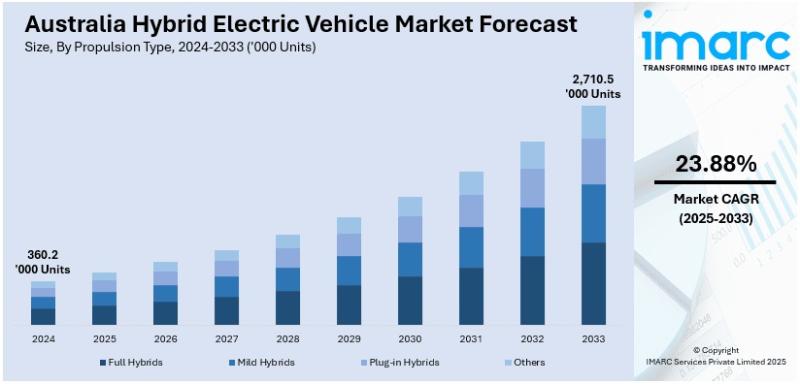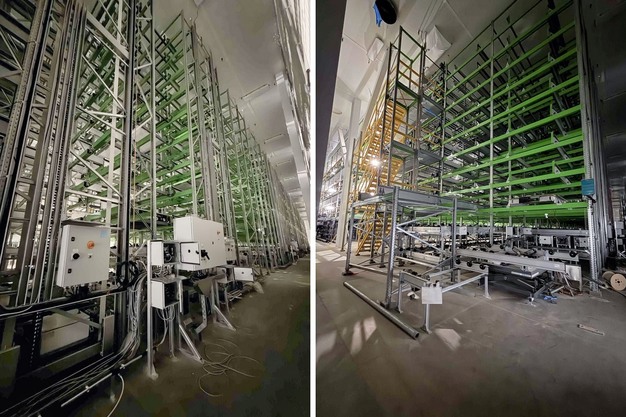New Hampshire average hourly pay is higher than most states. See how your pay compares – Seacoastonline.com

Report on New Hampshire’s Labor Market Earnings in the Context of Sustainable Development Goals (SDGs)
Introduction and Overview
This report provides an analysis of hourly and weekly earnings in the state of New Hampshire, based on data from the U.S. Bureau of Labor Statistics for June 2025. The findings are evaluated through the lens of the United Nations Sustainable Development Goals (SDGs), with a particular focus on SDG 8 (Decent Work and Economic Growth), SDG 1 (No Poverty), and SDG 10 (Reduced Inequalities). The report assesses New Hampshire’s economic standing relative to regional and national benchmarks to gauge its progress toward creating an inclusive and sustainable economy.
Analysis of Average Earnings and Decent Work (SDG 8)
New Hampshire demonstrates a strong performance in relation to several targets of SDG 8, which promotes sustained, inclusive, and sustainable economic growth, full and productive employment, and decent work for all. The state ranks 16th nationally for highest hourly earnings.
- Average Hourly Earnings: $35.18
- Average Weekly Earnings: $1,171.49
- Average Weekly Hours Worked: 33.3 hours
These figures indicate that the state provides relatively high-paying employment opportunities compared to the national average, contributing to economic productivity and higher standards of living, which are central tenets of SDG 8.
Minimum Wage and its Implications for SDG 1 and SDG 10
A significant challenge to New Hampshire’s progress on the SDGs lies in its minimum wage policy. The state adheres to the federal minimum of $7.25 per hour, the lowest in the New England region. This policy has direct implications for achieving SDG 1 (No Poverty) and SDG 10 (Reduced Inequalities).
The substantial gap between the average hourly wage ($35.18) and the legal minimum wage ($7.25) highlights a profound level of income inequality within the state’s labor market. A recent legislative attempt to establish a $15 minimum wage by 2028 failed, signaling a continued challenge in aligning state policy with global development goals.
- SDG 1 (No Poverty): A minimum wage of $7.25 may not constitute a living wage, potentially leaving full-time workers and their families at or below the poverty line, thereby hindering progress on poverty eradication.
- SDG 10 (Reduced Inequalities): The wide disparity between the lowest and average earners exacerbates income inequality, directly contradicting the objective of SDG 10 to promote the social and economic inclusion of all.
Regional and National Disparities: A Perspective on SDG 10
The goal of reducing inequality, as outlined in SDG 10, extends to disparities between different geographic regions. While New Hampshire is competitive within New England, a broader comparison reveals significant economic stratification across the United States.
New England States by Average Hourly Earnings (June 2025)
- Massachusetts: $42.00
- Connecticut: $38.98
- Rhode Island: $36.38
- New Hampshire: $35.18
- Vermont: $34.79
- Maine: $32.43
National Earnings Spectrum
The national data illustrates a vast economic divide, a critical issue from the perspective of SDG 10.
- Highest Earning Location: Washington, D.C., with average hourly earnings of $54.21.
- Lowest Earning State: Mississippi, with average hourly earnings of $27.95.
This nearly twofold difference between the highest and lowest earning regions underscores the systemic inequalities that must be addressed to achieve balanced and sustainable development nationwide.
Conclusion: Aligning Economic Policy with Sustainable Development
In summary, New Hampshire exhibits positive indicators related to SDG 8, with high average earnings and productive employment. However, the state’s adherence to a low minimum wage presents a significant obstacle to making meaningful progress on SDG 1 (No Poverty) and SDG 10 (Reduced Inequalities). Addressing the gap between the minimum wage and the cost of living is essential for fostering a truly inclusive and sustainable economy that ensures decent work and shared prosperity for all residents, in alignment with the 2030 Agenda for Sustainable Development.
Analysis of SDGs, Targets, and Indicators
1. Which SDGs are addressed or connected to the issues highlighted in the article?
-
SDG 8: Decent Work and Economic Growth
The article’s primary focus is on labor statistics, including average hourly and weekly earnings, average work hours, and the minimum wage. These topics are central to SDG 8, which aims to promote sustained, inclusive, and sustainable economic growth, full and productive employment, and decent work for all.
-
SDG 1: No Poverty
The discussion of the minimum wage directly relates to SDG 1. The article states that New Hampshire’s minimum wage is the federal minimum of $7.25 and mentions a failed attempt to raise it. A statutory minimum wage is a key policy tool for poverty reduction and ensuring a basic standard of living.
-
SDG 10: Reduced Inequalities
The article explicitly compares earnings across different states, highlighting significant disparities. It notes that New Hampshire ranks 16th, while Washington, D.C., has the highest earnings ($54.21/hour) and Mississippi has the lowest ($27.95/hour). This comparison directly addresses the issue of income inequality within a country, which is a core component of SDG 10.
2. What specific targets under those SDGs can be identified based on the article’s content?
-
Target 8.2: Achieve higher levels of economic productivity through diversification, technological upgrading and innovation…
The article’s data on “average hourly earnings” serves as a proxy for economic productivity. The comparison between states like Massachusetts ($42.00/hour) and Mississippi ($27.95/hour) reflects different levels of economic productivity and output.
-
Target 8.5: By 2030, achieve full and productive employment and decent work for all women and men… and equal pay for work of equal value.
This target is relevant through the article’s focus on earnings and minimum wage. The concept of “decent work” is tied to fair remuneration. The mention that the minimum wage in New Hampshire is the federal low of $7.25, and that an attempt to raise it failed, points directly to the challenges in achieving decent pay for the lowest-paid workers.
-
Target 10.1: By 2030, progressively achieve and sustain income growth of the bottom 40 per cent of the population at a rate higher than the national average.
The article’s discussion of the minimum wage is pertinent to this target. The minimum wage directly affects the income of the lowest earners, who are part of the bottom 40 percent. The failure to increase the minimum wage from $7.25 indicates a lack of progress towards sustaining income growth for this demographic.
3. Are there any indicators mentioned or implied in the article that can be used to measure progress towards the identified targets?
-
Average hourly earnings by state:
The article provides specific figures for average hourly earnings in several states (New Hampshire: $35.18, Massachusetts: $42.00, Mississippi: $27.95, etc.). This data directly corresponds to Indicator 8.5.1 (Average hourly earnings…). It can be used to measure economic productivity (Target 8.2) and track income levels and inequalities (Target 10.1).
-
Statutory minimum wage:
The article explicitly states the minimum wage in New Hampshire is “$7.25, which is the federal minimum.” This figure is a direct indicator used to assess policies related to decent work (Target 8.5) and poverty reduction (related to SDG 1).
-
Average weekly hours worked:
The article mentions that “New Hampshire residents work 33.3 hours per week on average.” This is a key labor market statistic related to Indicator 8.5.2 (Unemployment rate…) as it provides insight into employment conditions and the nature of work, contributing to the overall picture of “productive employment” (Target 8.5).
4. Table of SDGs, Targets, and Indicators
| SDGs | Targets | Indicators Identified in the Article |
|---|---|---|
| SDG 8: Decent Work and Economic Growth | Target 8.2: Achieve higher levels of economic productivity. | Average hourly earnings ($35.18 in NH). |
| SDG 8: Decent Work and Economic Growth | Target 8.5: Achieve full and productive employment and decent work for all. |
|
| SDG 10: Reduced Inequalities | Target 10.1: Sustain income growth of the bottom 40 per cent. |
|
Source: seacoastonline.com

What is Your Reaction?
 Like
0
Like
0
 Dislike
0
Dislike
0
 Love
0
Love
0
 Funny
0
Funny
0
 Angry
0
Angry
0
 Sad
0
Sad
0
 Wow
0
Wow
0



























































.jpg?#)















